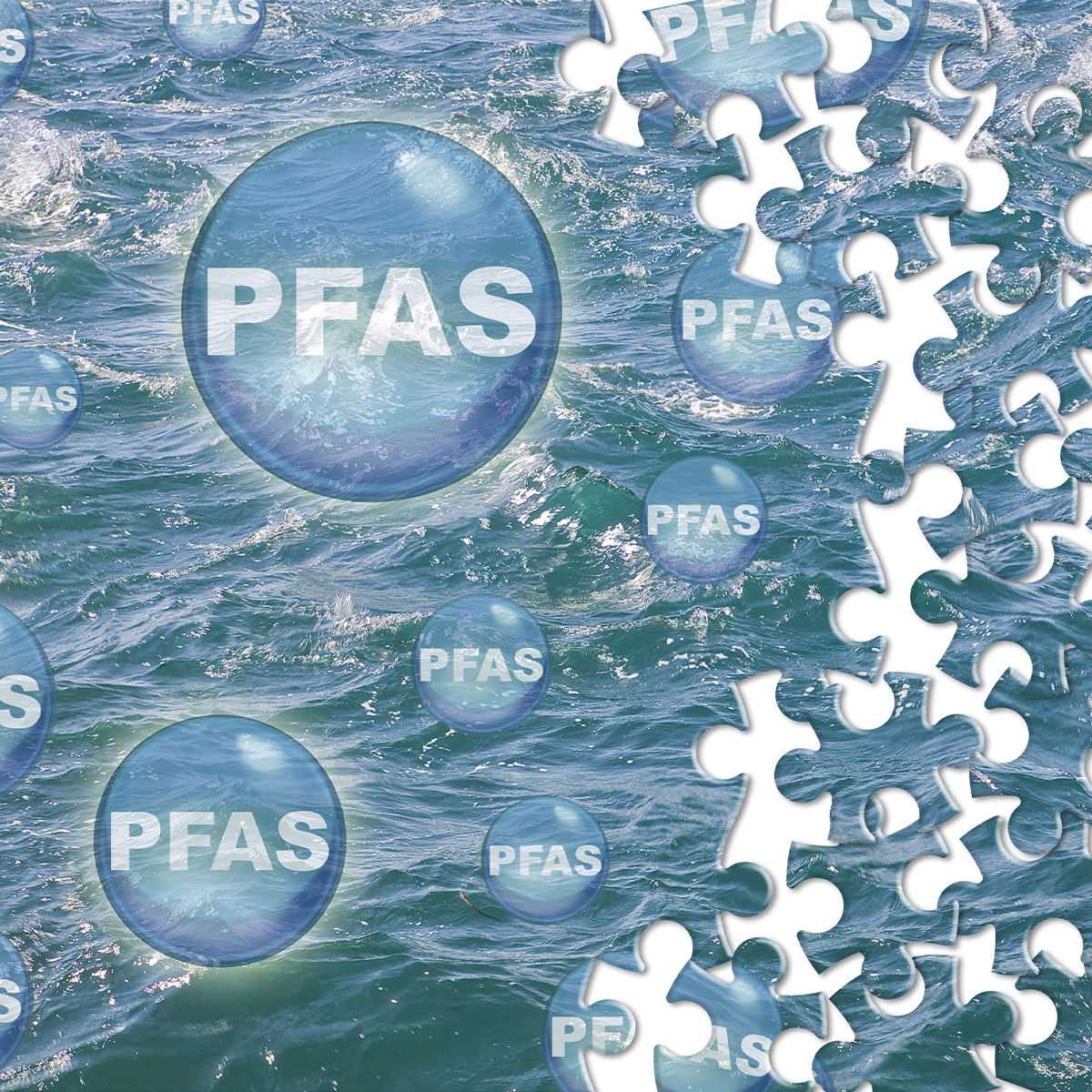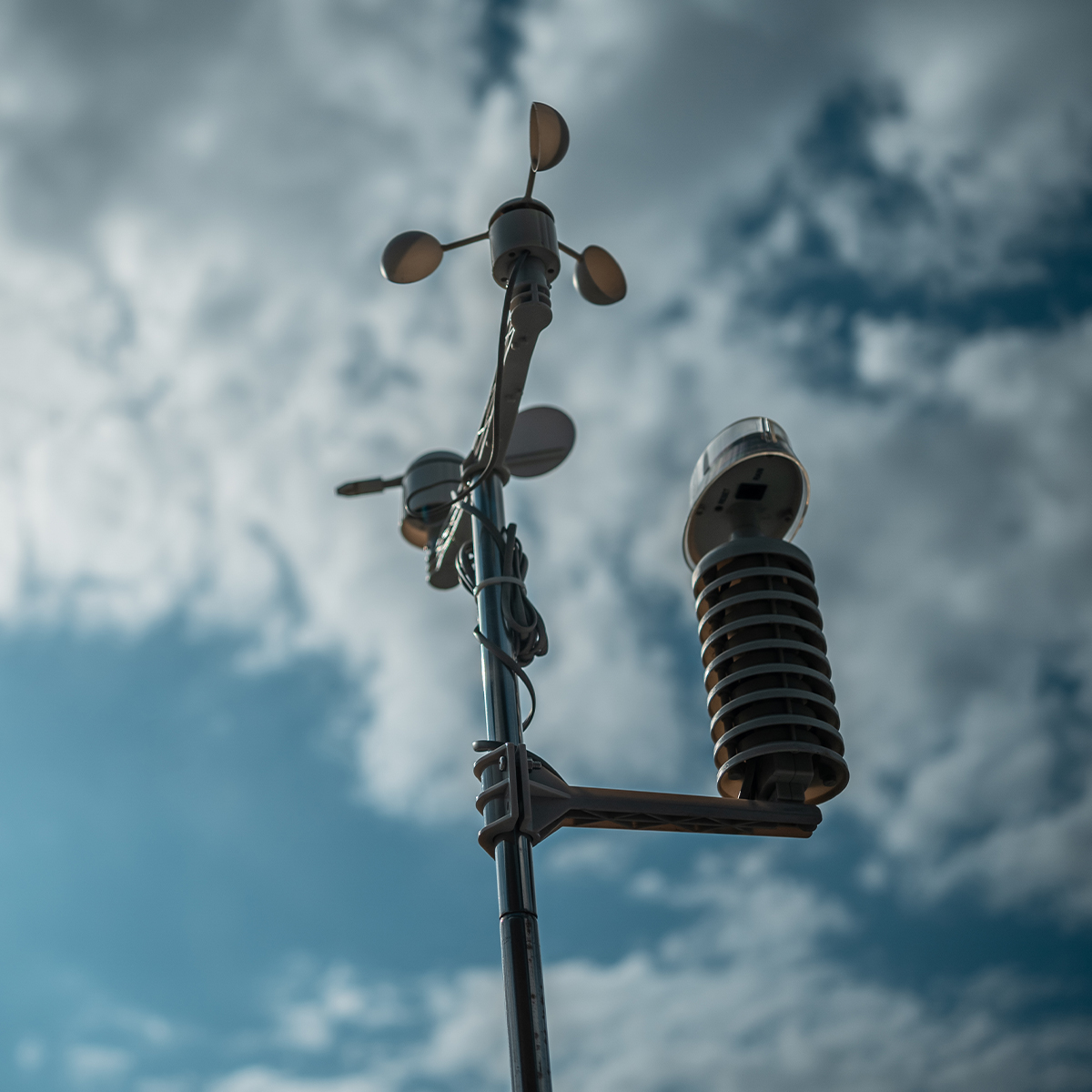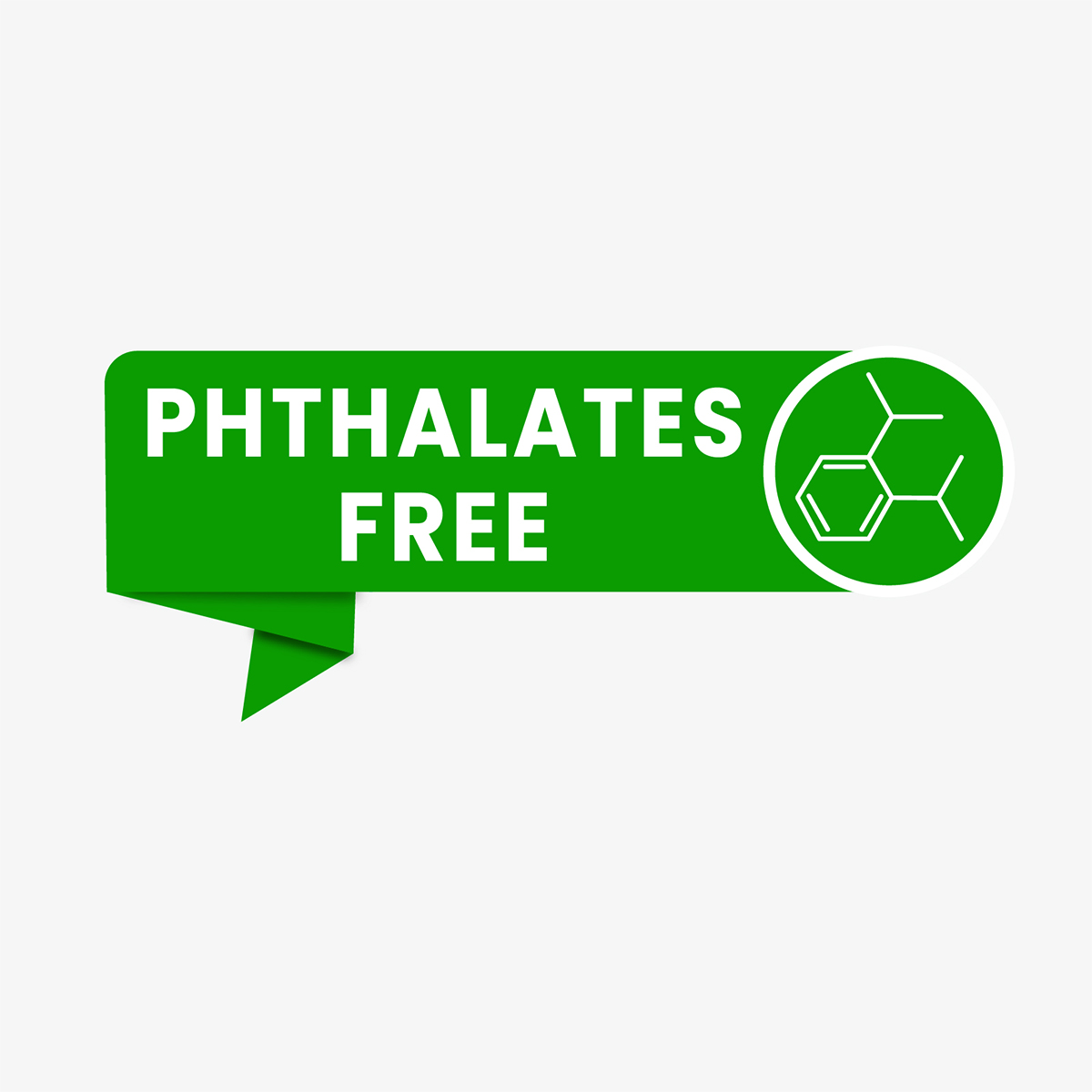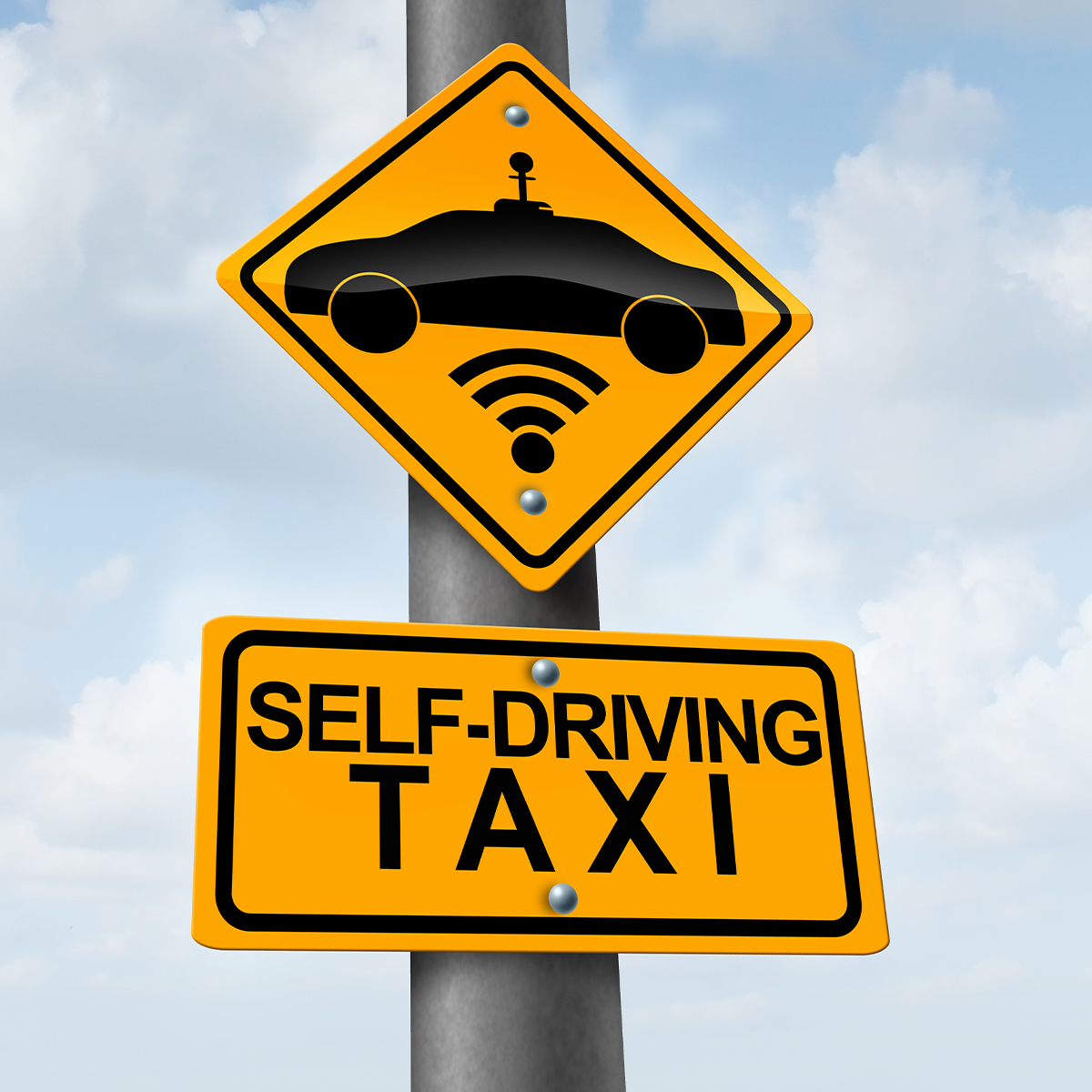-
Property & Casualty
Property & Casualty Overview

Property & Casualty
We offer a full range of reinsurance products and the expertise of our talented reinsurance team.
Expertise
Publication
Structured Settlements – What They Are and Why They Matter
Publication
PFAS Awareness and Concern Continues to Grow. Will the Litigation it Generates Do Likewise?
Publication
“Weather” or Not to Use a Forensic Meteorologist in the Claims Process – It’s Not as Expensive as You Think
Publication
Phthalates – Why Now and Should We Be Worried?
Publication
The Hidden Costs of Convenience – The Impact of Food Delivery Apps on Auto Accidents
Publication
That’s a Robotaxi in Your Rear-View Mirror – What Does This Mean for Insurers? -
Life & Health
Life & Health Overview

Life & Health
We offer a full range of reinsurance products and the expertise of our talented reinsurance team.

Publication
Key Takeaways From Our U.S. Claims Fraud Survey
Publication
Favorite Findings – Behavioral Economics and Insurance
Publication
Individual Life Accelerated Underwriting – Highlights of 2024 U.S. Survey
Publication
Can a Low-Price Strategy be Successful in Today’s Competitive Medicare Supplement Market? U.S. Industry Events
U.S. Industry Events
Publication
The Latest in Obstructive Sleep Apnea -
Knowledge Center
Knowledge Center Overview

Knowledge Center
Our global experts share their insights on insurance industry topics.
Trending Topics -
About Us
About Us OverviewCorporate Information

Meet Gen Re
Gen Re delivers reinsurance solutions to the Life & Health and Property & Casualty insurance industries.
- Careers Careers
First Industrial Death Linked to Cosmic Radiation Recognized in South Korea

March 27, 2024
Priscilla Tsang
Region: Asia
English
A landmark decision in South Korea established that the death from gastric cancer of a male flight attendant was akin to an industrial accident caused by cosmic radiation exposure. The state-run Korea Workers’ Compensation and Welfare Service (K‑COMWEL)1 issued a ruling in October 20232 which suggests that a flight attendant’s chronic exposure to cosmic radiation may pose more serious health threats than previously recognized.
Cosmic radiation, which originates in outer space from solar activity and galactic sources, is composed of penetrating particulate and electromagnetic ionizing radiation. It consists of high-energy charged particles, x‑rays, and gamma rays produced in space. Cosmic ionizing radiation is a known human carcinogen and a causal risk factor for non-melanoma skin cancer and cancers of the breast, salivary gland, esophagus, stomach, colon, lung, bone, kidney, urinary bladder, brain/central nervous system, and thyroid.3
Given their accumulated exposure from extended periods of time spent at higher flight altitudes, where the shielding effect of the earth’s atmosphere is decreased, aircrew are exposed to higher quantities of naturally occurring cosmic radiation than the general population. According to various studies, flight altitude, distance of the route from the North and South Poles, and flight hours are all important factors affecting the amount of radiation absorbed by aircrew.4
In particular, the atmosphere at the North and South Poles is thinner than at the equator, which results in reduced atmospheric barriers on routes closer to these polar regions such as North America route, flying over the Arctic Circle. Accordingly, the higher the flight altitude, the higher the human absorption of cosmic radiation.
The flight attendant in this ruling, identified as Mr. Song, was diagnosed with stage four gastric cancer in April 2021 and died the following month, at the age of 53. Mr. Song reportedly started working with Korean Air in 1995 and as of 2021 was flying an average of 1,022 hours annually, half of which were on long-haul flights to and from the Americas and Europe. These flights all passed through the Arctic Circle, a zone noted to be notorious for its high cosmic radiation levels due to the earth’s magnetic fields.5
Korean Air denied that there was any correlation between Mr. Song’s cancer and cosmic radiation; Korean Air says it had ensured its flights attendants’ cumulative radiation exposure remained below the safety standard of 6mSv per annum. This argument was rejected by the K‑COMWEL panel, who considered that it was possible Mr. Song had been exposed to more than 100mSv per annum of accumulated radiation given that the measuring method deployed by Korean Air could have downplayed the actual amount of his cumulative radiation dose.6
The K‑COMWEL ruling is significant as it:
- accepts the causal link between solid cancers such as gastric cancer and cosmic radiation,
- is the first time an official labour body in South Korea has recognized the correlation between cosmic radiation and cancer for flight attendants as an industrial death, and
- has potentially broader implications for the airline industry in its emphasis on the importance of implementing preventive measures to safeguard the health and safety of aviation professionals.
In South Korea, industrial accident compensation insurance is a statutory insurance designed to guarantee the income of an injured worker and his/her family. Under the Labour Standards Act, the state collects insurance premiums from employers from which it then administers the payment of compensation to injured workers on the employers’ behalf. The coverage now includes new industrial disease, work-related exhaustion, and stress.
Given the international scope and nature of the aviation profession, this ruling could have precedent use in other countries’ workers’ compensation regimes to argue and/or provide the necessary medical causal link between the development of certain cancers and the environmental exposures from the injured person’s in‑flight workplace duties.
Whilst an awareness of the link between cosmic radiation and various types of cancers is a relatively recent medical development, cosmic radiation is an emerging insurance risk to monitor. Although the relatively contained “in‑air” workforce numbers may operate to limit an avalanche of cosmic radiation claims, one only needs to look at other prolonged exposure examples in history, like asbestos and mesothelioma and, more recently, engineered stone and silicosis, to recognize the potentially significant impact of such a ruling on future personal injury claims and actions.
There is potential for such causal findings to expand beyond the industrial death/workers’ compensation arena into other insurance products and lines of business such as aviation liability, public and products liability, and to capture non-employee frequent flyer claimants in the years to come as science, medicine, and litigation trends emerge and converge.
- K-COMWEL provides total care services including the best treatment, compensation, and rehabilitation for those who are injured or sick while working. And, for those who are working, K-COMWEL provides customized services such as essential livelihood stabilization support, cultural and leisure activities support, childcare support, and old-age life security (retirement pension), https://www.comwel.or.kr/eng/index.jsp.
- “1st industrial death linked to cosmic radiation recognized”, https://www.koreatimes.co.kr/www/nation/2024/02/113_362654.html; “Panel Rules Cosmic Radiation Caused Korean Air Flight Attendant's Fatal Cancer”, https://simpleflying.com/cosmic-radiation-korean-air-flight-attendant-fatal-cancer/.
- “Cancer risks from cosmic radiation exposure in flight: A review“, https://www.ncbi.nlm.nih.gov/pmc/articles/PMC9723364/.
- Ibid.
- “How much radiation can I get from air travel?”, https://www.cdc.gov/nceh/radiation/air_travel.html#:~:text=The%20farther%20north%20or%20south,the%20North%20and%20South%20poles.
- “Cosmic radiation exposure of aircrew and space crew Improving radiation protection in practice”, https://www.iaea.org/sites/default/files/20/11/rasa-cosmic.pdf.
All endnotes last accessed on 4 March 2024.
Priscilla Tsang
Claims Executive




